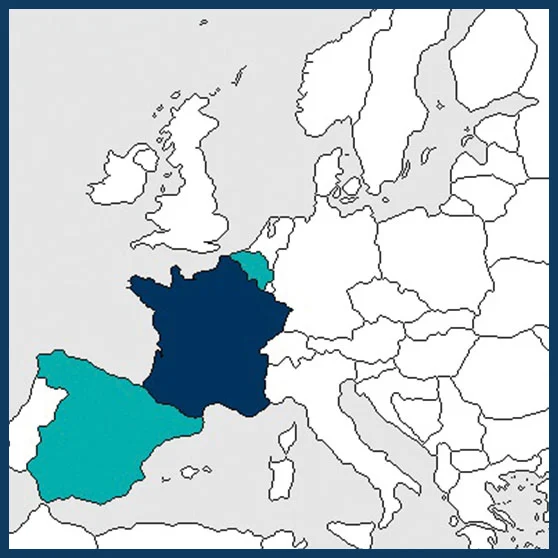01-2017 to 12-1019
€ 715,536
Jacques Baudry
jacques.baudry@inra.fr
INRA, Rennes, FRANCE (Coordinator)
Université Catholique de Louvain, Louvai, BELGIUM
Université de Picardie Jules Verne, Amiens, FRANCE
Universidad Politéchnica de Madrid, Madrid, SPAIN

Many species of cultural importance or providing ecosystem services in rural landscapes depend on the presence of semi-natural elements in landscapes, especially wooded ones (forests, hedgerows etc.). Several European policies deal with these points (nature conservation, lesser use of pesticides).
In its Green Infrastructure Strategy, the EU Commission defines GBI as a strategically planned network of natural and semi-natural areas with other environmental features designed and managed to deliver a wide range of ecosystem services. Yet it clearly appears a need to have a European view of the GBIs to understand their role for nature conservation and services to crop production.
Woodnet deals with these two aspects by connecting semi-natural elements to foster species movement and evaluating the regulation services for crop protection and is thus a step forward.
WOODNET aims at:
1.Providing innovative spatially-explicit tools for connectivity analysis along a range of landscapes from forest and shrubland to agricultural landscapes where woody vegetation elements play a key role for conservation and service delivery linked to connectivity (e.g. pest control, pollination); and
2.Integrating scientific uncertainties into policy design.
• Mapping of the studied landscapes with a range of novel satellite images for a better characterization of habitats and landscapes;
• Use of a range of species (such as bears, lynx, birds, damselflies, etc..) behaving at different spatial and temporal scales to characterize landscape properties;
• Development of freely available connectivity models with novelties in the way 1) landscape permeability is determined and 2) species behaviour is considered;
• Providing means to incorporate and manage the scientific uncertainties and their dynamics into policy models and legal frameworks for green infrastructure implementation.
Through the implementation of specific activities for the good dissemination of the project’s outputs, a better knowledge transfer and involvements of stakeholders and policy makers, the WOODNET project will develop the two main following points:
• Organise meetings with policy makers and stakeholders at different scales during the first year of the project to better understand their expectations and plan interactions;
• Use existing parallel projects to link-up with stakeholders.